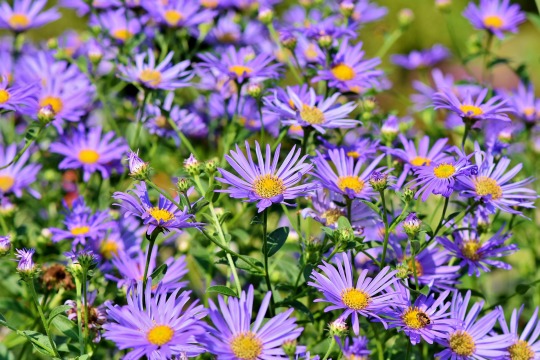by Steve Tonsor

It is easy for everyone to overlook plants as being at the heart of Earth’s carbon and oxygen cycles; they are simply background and decoration as the default for many. Yet they make the planet livable by producing atmospheric Oxygen and the ozone layer that reduces ultraviolet light to livable levels. They scrub carbon dioxide and use the carbon to store the sun’s energy in molecules that are the basis of food, fuel, and fiber, nearly everything we use in one way or another. They are also the most cost-effective way of sequestering carbon and reducing global change.
To understand the issue we are having with greenhouse gasses is to understand the carbon cycle. To understand the carbon cycle is to understand what plants do.
Growing more plants, by tending them ourselves and supporting organizations that do, is a low-cost way to make a positive contribution to the carbon cycle. It’s a method of combating climate change implementable on any scale you choose from backyard to continental.
Learn more about why low-cost, easy to implement ways to reduce climate change are critical in “A low-tech method for comabting climate change” from The Washington Post.
Steve Tonsor is Director of Science and Research at the Carnegie Museum of Natural History. Museum employees are encouraged to blog about their unique experiences and knowledge gained from working at the museum.
